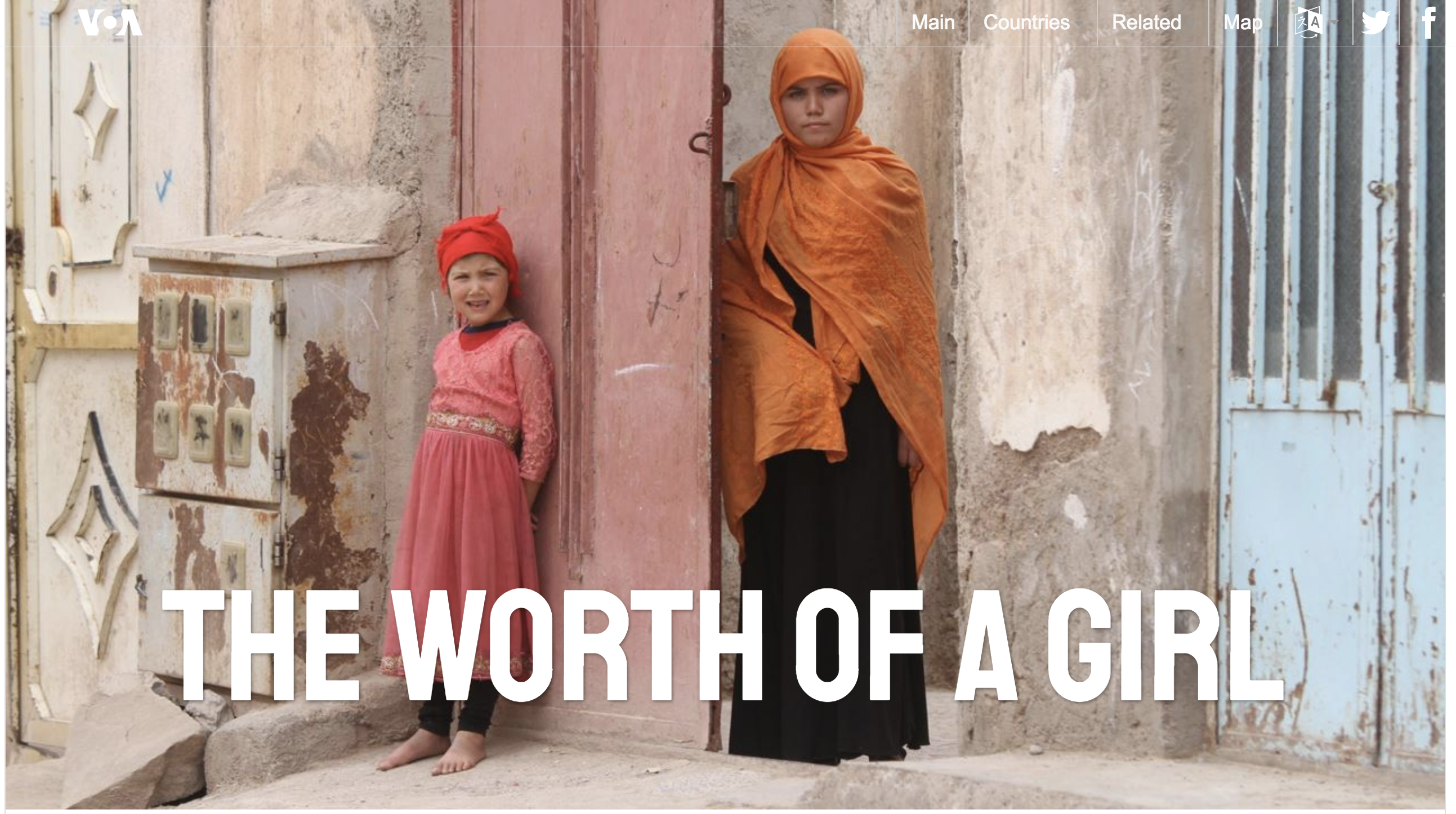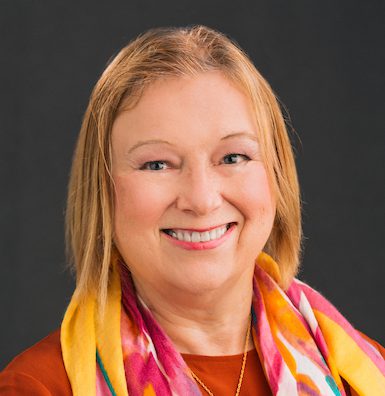Worth of A Girl

Somaya was 13 years old and finishing seventh grade in Herat, Afghanistan, when her father sold her for 250,000 afghani ($3,300) to marry his relative’s son. She moved into her new husband’s family home, she says, and her father then spent much of the money on her bedding, clothes and jewelry. When Somaya asked if she could go back to school, she says both her mother-in-law and husband beat her.
This is one of the many compelling stories told in a new VOA special report “Worth of A Girl,” which explores factors contributing to the continued practice of child brides. While the stories vary from region to region, a common thread among girls forced to marry before the age of 18 is their disappointment at having to quit school.
Nearly one in five women globally, or some 650 million women today, were married before their 18th birthday, putting their lives on a path with dire consequences. In addition to being forced to leave school, child brides are also more likely to get pregnant during adolescence and face systemic abuse. Combined, these factors replicate a cycle of poverty and gender inequality.
“Worth of A Girl” takes a look at how being a child bride affects the girl, as well as what the family she leaves and the family she joins think and expect. This series offers a perspective only VOA can provide—with stories from South and East Asia, Europe, the Middle East, Africa, and the Americas, including the United States. The moving and sometimes emotional stories are told by the women themselves, in their own words.
The storytelling approach was unique in many ways for VOA—this was the first in-depth special report to begin on social media and the first to use pre-launch audience development. This means engaging audiences on the topic long before the project is released, and learning as much as we can about our audiences’ opinions about child marriage so they can be included in the project. To this end, VOA news teams from 12 different language services posted short videos on social media of girls and women describing their experiences as child brides and young mothers. These Facebook and Instagram videos received millions of views and thousands of comments, from strings of emojis to provocative arguments for and against child marriage.
This approach has been hugely successful. Engaging audiences beforehand helps us understand their priorities and perspectives, and it increases our credibility in reporting the story.
Covering women’s issues is one of VOA’s top priorities, along with our other priorities of covering press freedom, refugees, and telling America’s story. As we mark the International Day of the Girl Child October 11, let’s recognize both the many achievements in women’s rights globally and the many challenges which still lie ahead.

